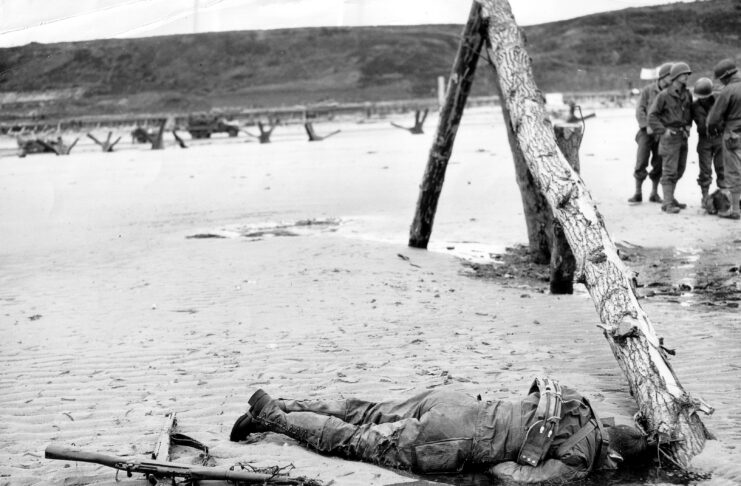Today marks the 80th anniversary of D-Day. Despite its status as the most famous U.S. military operation of the Second World War, many aspects of history's largest amphibious invasion remain shrouded in mystery.
While history buffs can recite the names of the five landing sites – Utah, Omaha, Gold, Juno and Sword – other significant facts have been overlooked since 150,000 young men stormed the beaches of Normandy in what General Eisenhower called “the Great Crusade.”
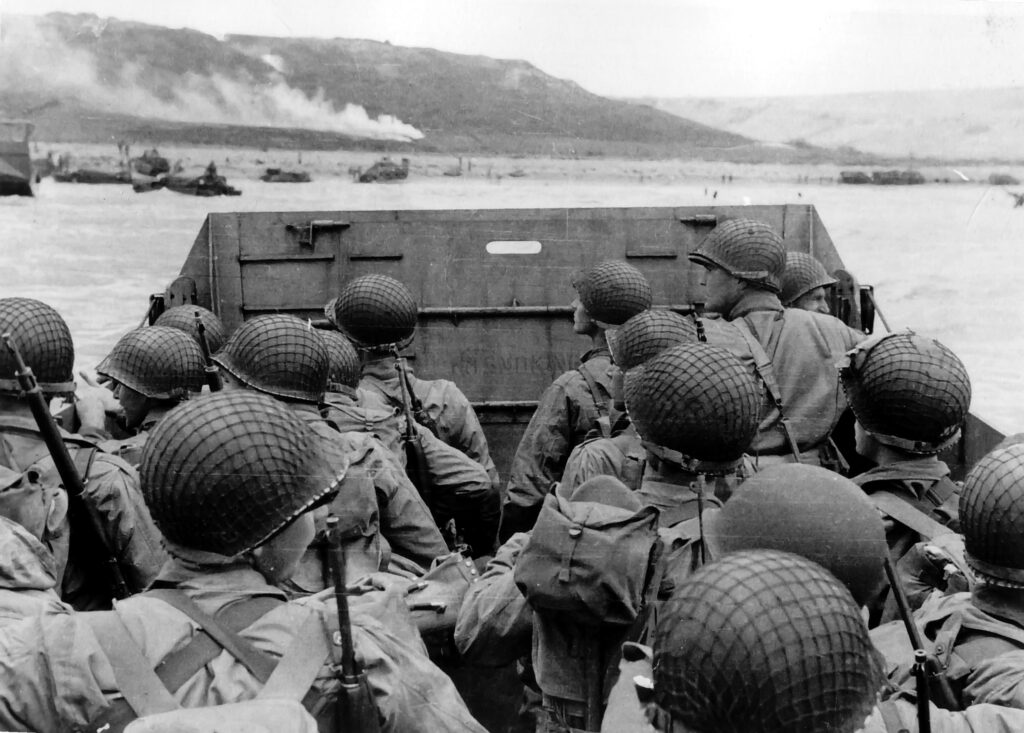
Join us as we remember crucial facts about a date that changed history, in honor of the men who served and the last surviving veterans before they fade away.
The Forecast That Changed Everything
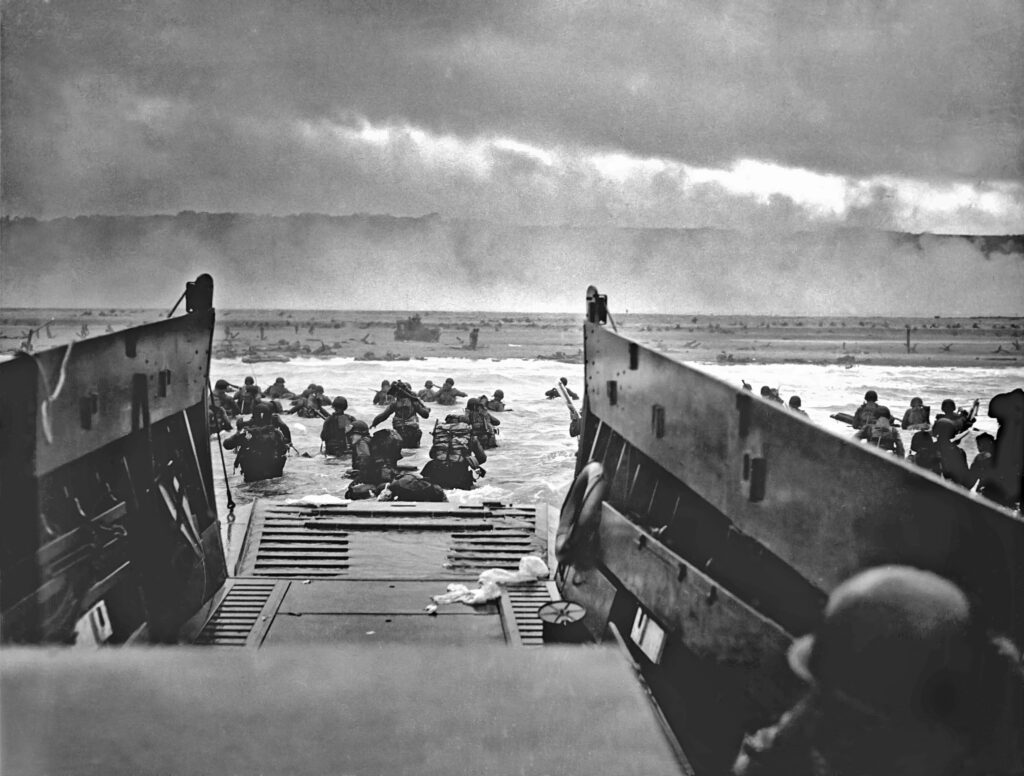
June 5, 1944, had been the initial invasion date. However, stormy conditions ravaged the English Channel, threatening to postpone Operation Overlord for two weeks until the next acceptable date with the right combination of ocean tides. The Germans predicted the rough seas would persist during the favorable currents and tides. However, Eisenhower's chief meteorologist, British Captain James Stagg, correctly forecasted that the weather would improve long enough, and just enough, for an invasion to succeed.
Stagg was correct, and the Germans' complacency in their meteorologists ensured that the surprise for the defenders was complete. Many commanders, including Field Marshal Erwin Rommel, were away from their posts.
Rommel had left for Germany to celebrate his wife's 50th birthday. He spent June 6 in his Mercedes-Benz command car, speeding towards the beaches but unable to direct his panzers in a counterattack during the crucial first 24 hours.
The Atlantic Wall: Formidable Barrier Or Paper Tiger?
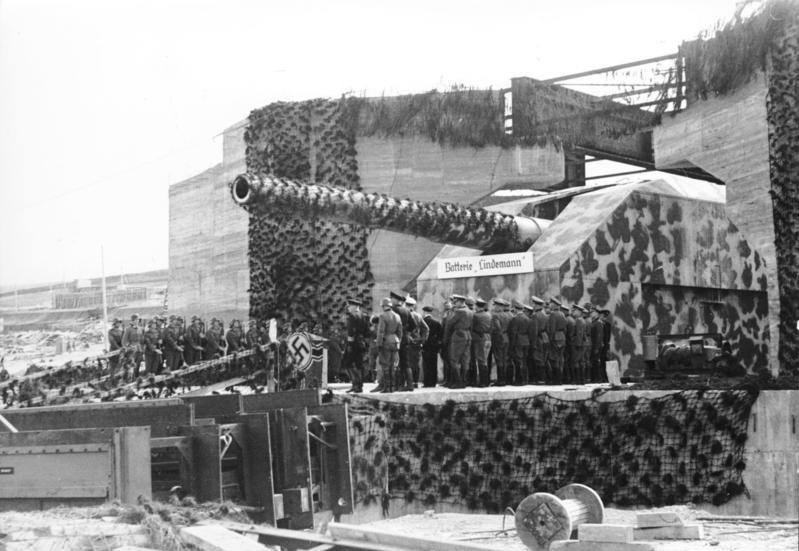
On paper, the Wehrmacht had amassed a formidable force to repel an Allied invasion of Western Europe, made up of fifty-eight divisions or roughly 1.5 million men.
However, hundreds of thousands were second-rate conscripts, with most of the best remaining troops fighting in a titanic life-or-death struggle on the Eastern Front. Moreover, defenses outside the Pas de Calais and port cities like Le Havre and Cherbourg remained inadequate.
Rommel expressed his dismay at the Army's lack of preparations after Hitler appointed him to inspect the so-called Atlantic Wall in December 1943.
The 10 Panzer divisions in Northern France represented the biggest threat to Operation Overlord, two of which resided in Normandy. Unlike his superior, Field Marshal Gerd von Rundstedt, Rommel had experienced the devastating effects of Allied air supremacy in North Africa and knew his only hope was to strike a decisive blow while the enemy was at his weakest on the beaches. However, Hitler directed a compromise decision between Rundstedt, who wanted a large force in reserve to strike at the beaches once the Allies had landed, and Rommel, who knew strategically spreading the panzers along the coast would be the only way to mount an armored counterattack against the beaches immediately.
In the end, neither commander was satisfied. Only Hitler could authorize the release of the armored divisions. Yet the German leader slept in until midday on June 6, after a long night reminiscing with members of his inner circle at the Berghof. While commanders in Normandy pleaded for the release of precious armor in the cloudy, early morning hours, Oberkommando der Wehrmacht Chief of Operations Generaloberst Alfred Jodl refused to wake Hitler, unwilling to incur the wrath of an exhausted führer.
German Panzers Broke Through To The Coast On D-Day
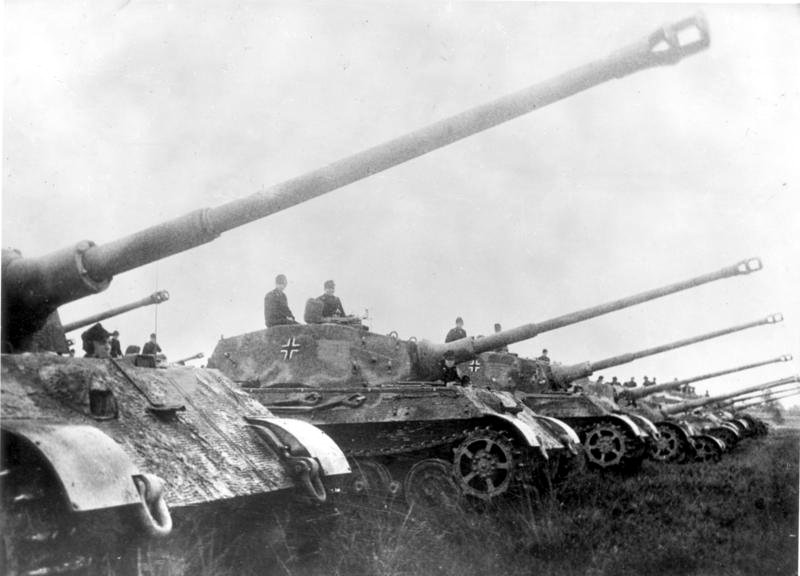
The 21st Panzer Division, under the command of Generalmajor Edgar Feuchtinger, was initially held in reserve 10 miles inland near Caen and not permitted to move without Hitler's direct order. When the division was finally allowed to counterattack, it was already late in the day. As the weather improved, tanks and auxiliary vehicles became easy prey for allied ground attack aircraft. Nevertheless, they launched a determined assault and managed to advance through the gap between Gold and Sword beaches, reaching the coast near the village of Luc-sur-Mer by the evening of June 6.
However, their position was precarious and isolated, with roughly 100 tanks facing the prospect of overwhelming Allied air and naval superiority. As a result, the 21st Panzer Division choose to withdraw under cover of darkness, failing to achieve a significant disruption of the Allied beachheads. The division's counterattack, though notable for its penetration, ultimately did not alter the overall success of the D-Day landings.
A full-scale nighttime attack on the flanks of Gold or Sword beaches could have resulted in thousands of Allied casualties, but it would have led to the annihilation of the German Kampfgruppe. The required force to repel the invasion was simply not available.
Was World War II Already Decided?
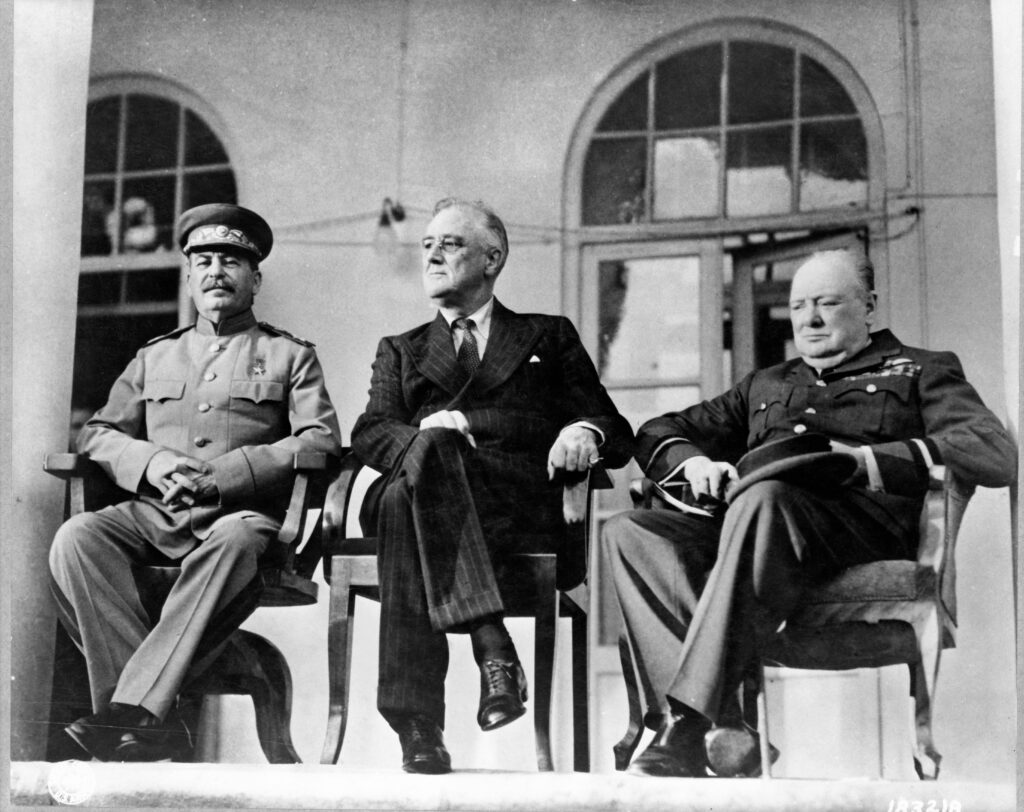
While D-Day was a crucial turning point in World War II, it was not the definitive moment that decided the outcome of the war. The greatest cataclysm in history was already being finalized following a series of pivotal events and battles across multiple fronts.
By June 6, 1944, the Soviet Union had already inflicted catastrophic defeats on the German Army on the Eastern Front. The Battle of Stalingrad (1942-1943) and the Battle of Kursk (1943) were decisive victories from which the Wehrmacht never regained the initiative.
Despite a horrendous cost in men and materiel, the Allied strategic bombing campaign gradually wore down German industrial capacity and morale. Major cities and industrial centers were systematically targeted on a daily basis, weakening Germany's ability to sustain its war effort. In Northern France, Anglo-American bombing killed 20,000 French civilians, but it severed rail and road links to the coast, making a coordinated counteroffensive against the beaches exponentially more difficult.
The Western Allies had already achieved significant victories in North Africa (culminating in the surrender of 250,000 Axis forces in Tunisia in May 1943) and invaded the Italian Peninsula in September 1943. These campaigns diverted German resources and attention from the Eastern Front, allowing Soviet offensives to continue one after the other along a 1,000-mile front, despite millions of Russian casualties.
The combined pressures from all fronts made it increasingly difficult for Germany to continue fighting effectively.
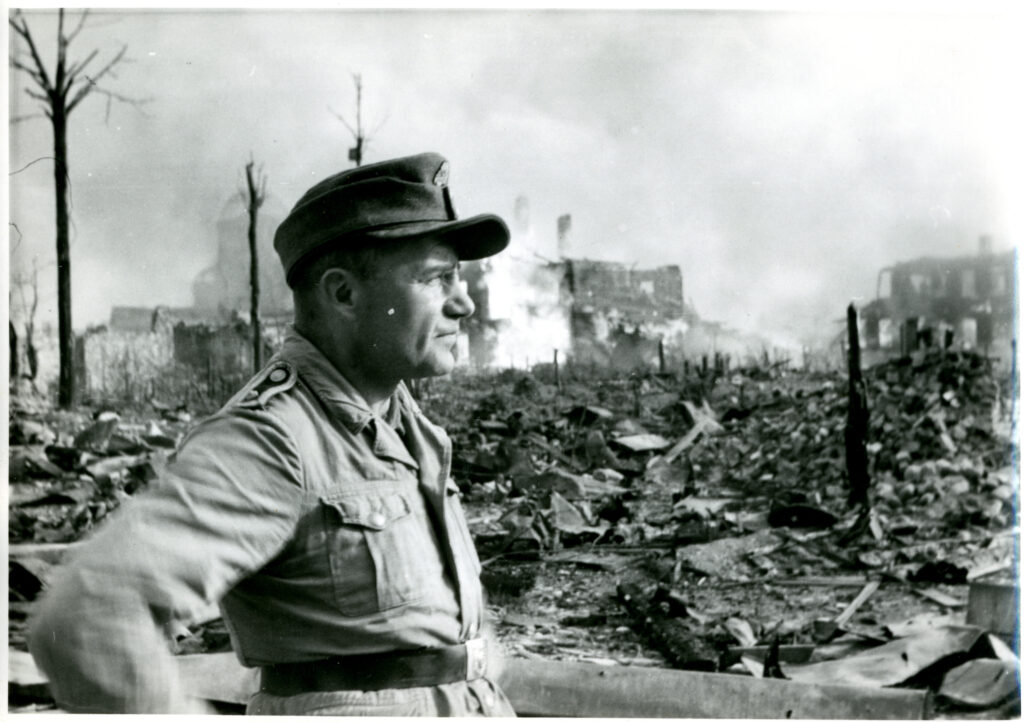
The war in Europe was still very much contested after D-Day, but the successful landings and subsequent campaigns were crucial in bringing about the end of the war.
Without D-Day, Today's World Would Look Very Different
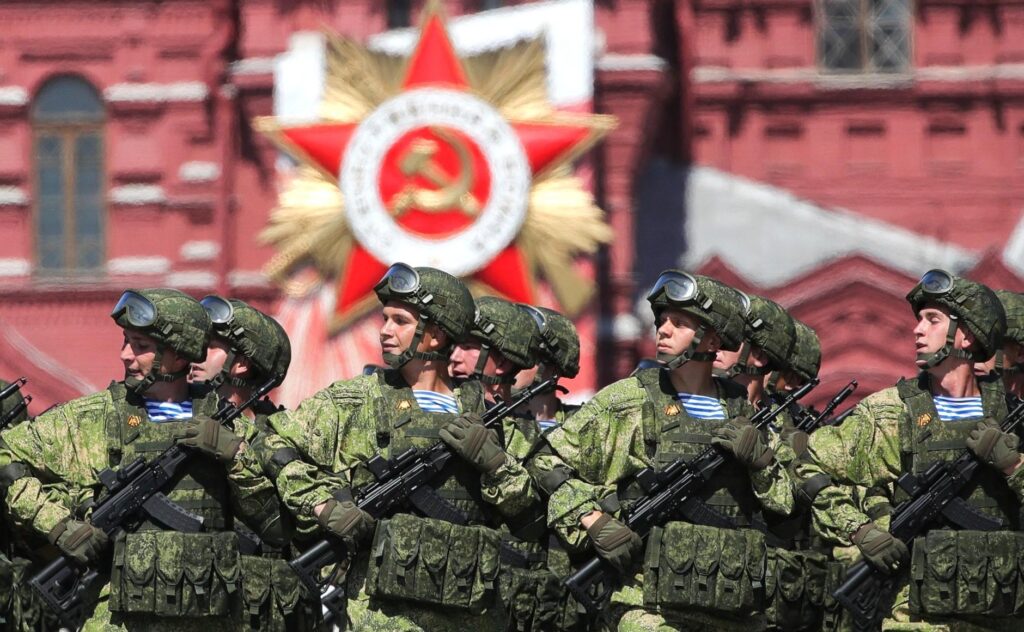
If D-Day had failed, it would have had significant implications for World War II. It is exceedingly unlikely that it would have led to a final German victory. However, a defeat would have prolonged the war and caused substantial setbacks for the Allies, especially the Western democracies.
An abrupt end to Operation Overlord would have likely produced a more significant Soviet advance into Central Europe, putting the West at a disadvantage at the beginning of the Cold War. However, historians doubt that the Red Army would have been able to reach France. The combined efforts of the Western Allies, logistical challenges for the Red Army and post-war strategic considerations would impede a Soviet occupation of Western Europe in this scenario.
It is also possible that the United States would have used atomic bombs against Germany if the war had continued into the summer of 1945. As in the Pacific Theater, the objective would have been to bring about an expedited end to the Second World War, which had already extinguished some 70 million lives.
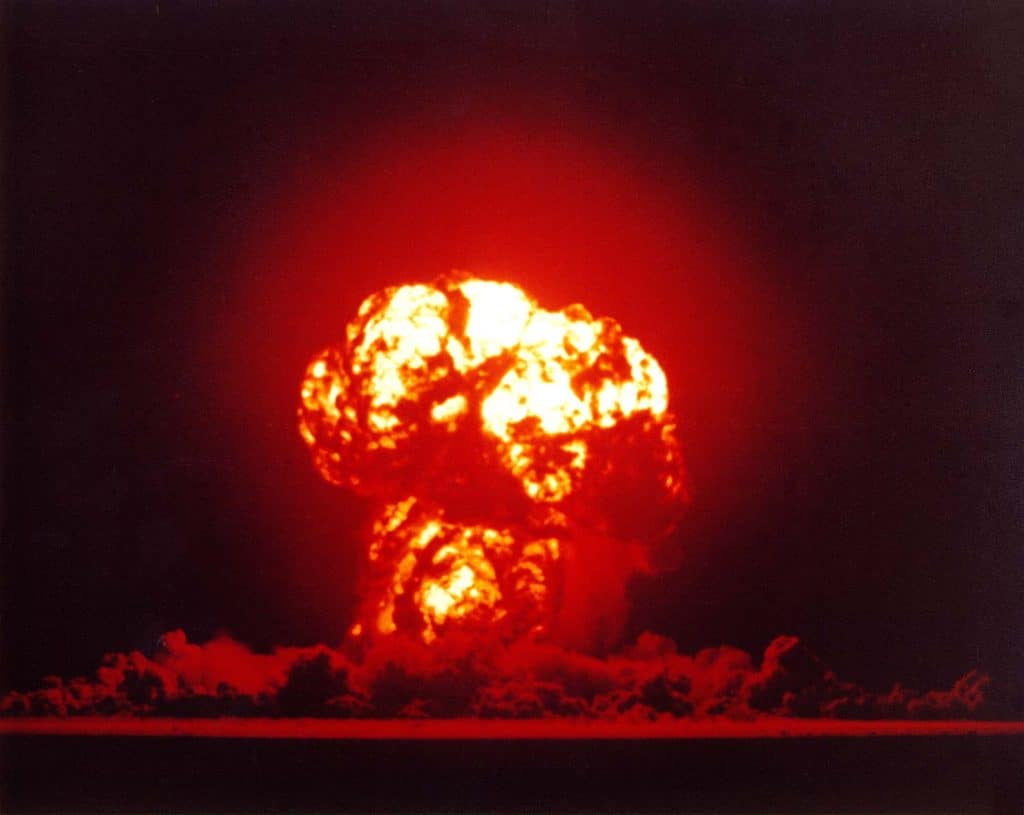
READ NEXT: Biden's Wife Goes Ballistic – Shocking Courtroom Drama Unfolds!


